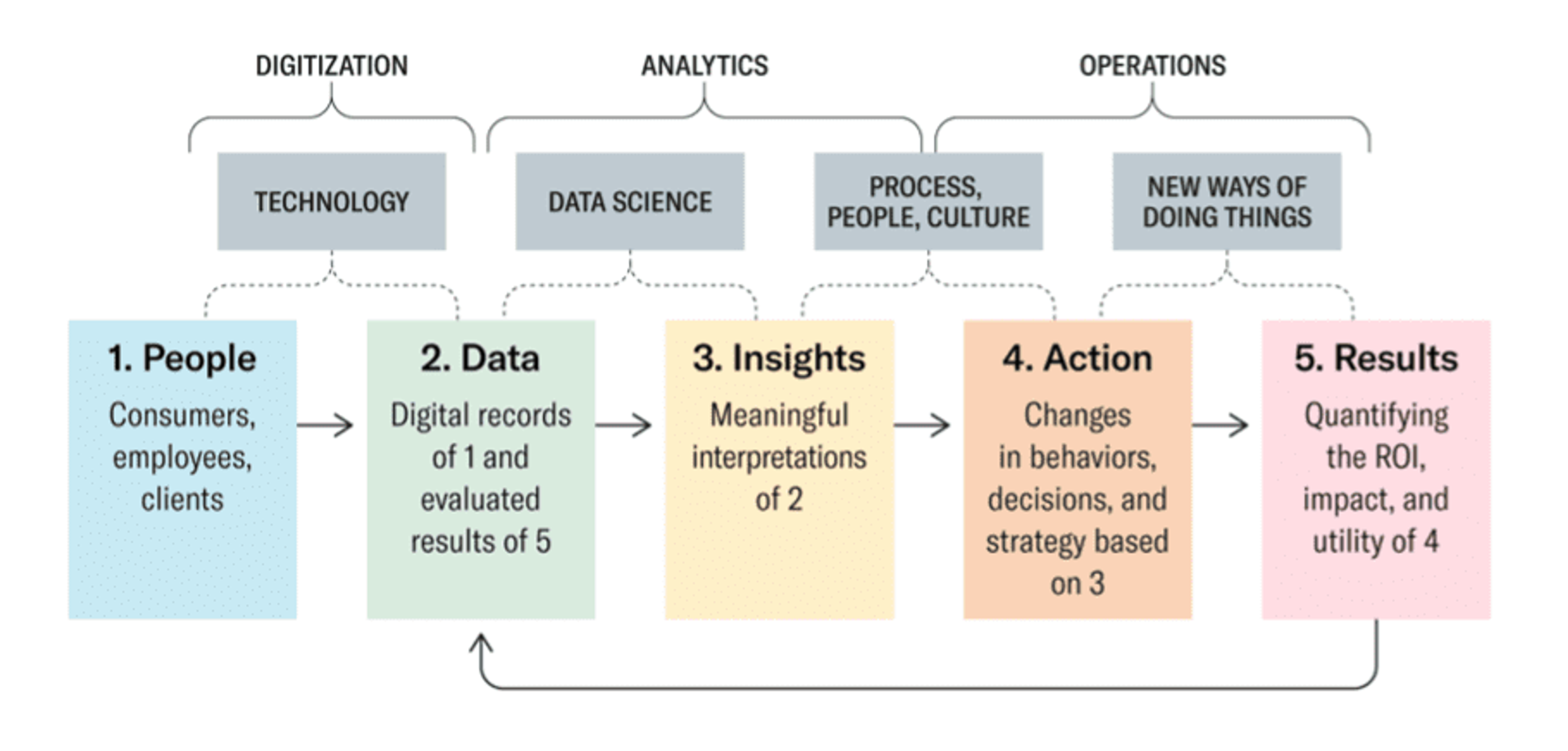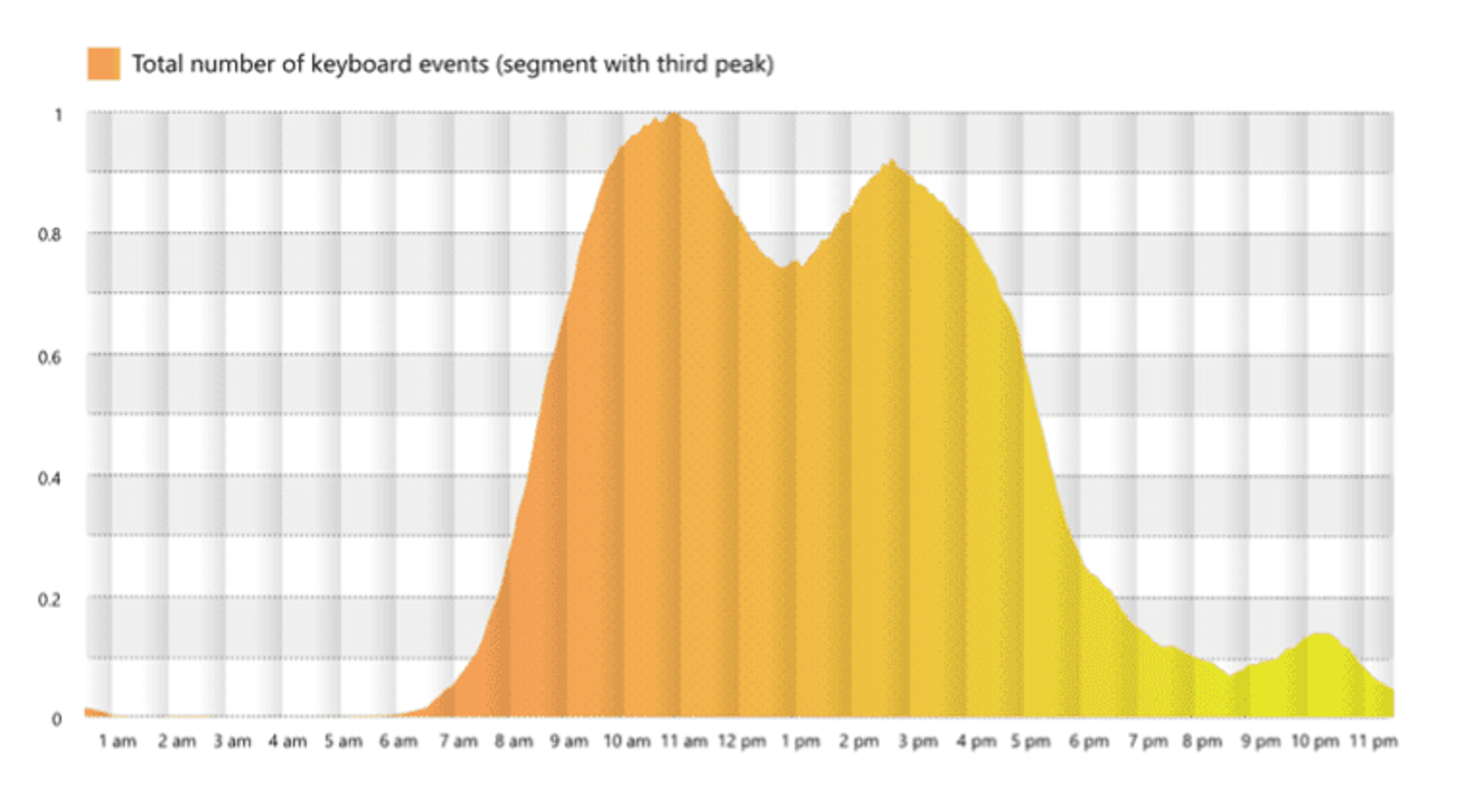blog
The Role of Data Management in Digital Transformation

SECTIONS
An astounding 99%Opens in a new tab of healthcare and life science organizations polled view digital transformation as an essential step in adapting to the challenges of big data and emerging AI technologies. Nevertheless, a mere 12% have gone fully digital to date.
For most organizations lagging behind, defining and implementing a data management role in digital transformation initiatives is a crucial milestone on the path to making organizations prepared for impending industry changes.
This guide explains digital transformation and the role of data management practices and technologies as stepping stones to achieve it.
Key Takeaways:
- Digital transformation is a top priority for healthcare organizations preparing to implement new technologies.
- Digital transformation is the process of adapting an organization’s operations to a digital medium.
- Developing data management capabilities through practices and technology helps organizations accomplish successful digital transformation.
What Is Digital Transformation?
Digital transformation involves the adoption of digital technologies in an organization to digitize traditional operations, assets, and services. The purpose of digital transformation in most industries is to drive value and enable access to powerful new technologies. While digital transformation requires investment in digital technologies, reaping the full benefits of the process involves more than simply footing the bill for new gear.
Business psychologists have identified five key componentsOpens in a new tab of successful digital transformation processes and the goals that organizations should have for each.

Image Source: hbr.org
- People: Digitizing information to enable greater connectivity between organizations, their employees, and clients or customers.
- Data: Implementing technologies to capture a wider range of digital data.
- Insights: Managing and organizing data for the application of analytical tools.
- Actions: Adapting day-to-day operations to incorporate new insights.
- Results: Quantifying outcomes such as growth, ROIOpens in a new tab, and client satisfaction.
The Role of Data Management in Achieving Digital Transformation
Data management is an organizational discipline that treats data as a valuable, raw resource. It focuses on capturing, storing, and using data efficiently and securely to extract its value. Adopting effective data management practices and the requisite technologies that enable them is also a critical step in the process of digital transformation.
Here are four ways data management contributes to successful digital transformation.
1. Finding the Shortest Path to Success
Data management helps organizations optimize digital transformation plans and mitigate the risks of tactical and strategic failures. By managing data more effectively, businesses make informed decisions and streamline operations. Developing data management capabilities allows organizations to consolidate data from multiple sources, offering a centralized view of data that is more accessible and usable in day-to-day operations.
With better operational insights and real-time metrics, decision-makers can adjust plans and priorities to apply more of what works and shift away from what doesn’t. Digital transformation in large organizations can be lengthy and costly, requiring major investments in both technology and training. Integrating data management along the way enables leaders to find the most effective and cost-efficient path.
2. Identifying New Opportunities for Growth and Innovation
Organizations typically begin digital transformation plans with an audit of processes to estimate expenses and set priorities. The purpose of these audits is to determine which processes and assets the organization should digitize first for the greatest net benefit as the plan proceeds.
However, without a high degree of data visibility and reliability – two of the primary goals of digital transformation – decision-makers struggle to foresee opportunities for growth and innovation. For example, the mandated shift to remote work that most companies experienced in 2020-2021 required a rapid acceleration of digital transformation plans through cloud services. While most employers expected a decline in productivity, organizations that prioritized capturing data in the newly distributed workspace were the first to identify opportunities it created.

Image Source: Microsoft.com
Notably, Microsoft found that highly skilled knowledge workers, such as developers and IT specialists, began to exhibit more frequent peaksOpens in a new tab in productivity – typically in the evening – as their schedules became more flexible. Other organizations quickly discovered that a distributed workforce gave them access to a much wider talent poolOpens in a new tab for new hires. These insights helped leaders set more beneficial long-term goals for digital transformation.
3. Reaping the Benefits of New Technologies While Controlling the Risks
Cloud technologies and services have become integral to digital transformation across industries. While the benefits of cloud migration are clear – remote access to data and systems, powerful integrations, and minimized rate of data loss – rushed cloud adoption presents major security challenges.
In 2022, known cloud vulnerabilities grew by 28%Opens in a new tab, and the number of corporate cloud credentials posted for sale on the dark web rose by 200%. In regulated industries such as healthcare, data breaches through poorly configured cloud platforms carry the added risk of state and federal penalties. However, the same data management capabilities that enable data availability and visibility in organizations – master data definitions, integrating partitioned IT systems, and applying analytics to reduce errors and redundancies – also allow IT teams to establish sophisticated access controlsOpens in a new tab on sensitive data and run automated scans for anomalous activities.
4. Improving Client Satisfaction
However organizations define their digital transformation goals, none will deliver long-term success without engendering client satisfaction. In any industry, consumer needs and preferences evolve apace with those of businesses and service providers.
Current trends in the healthcare industry illustrate this point well. Among surveyed organizations, 92%Opens in a new tab identify improving patient satisfaction as their top digital transformation goal. As patients continue to take a more active role in their own care through greater access to information and personal health data, healthcare organizations have a growing opportunity to target this goal by offering more consumer-facing technologies for patients to use. Both for outward-bound data going to patient portals and applications and for inbound data from personal health monitoring devices, a solid foundation in data management capabilities is a prerequisite.
Data Management for the Healthcare and Life Sciences Industries with Coperor by Gaine
With easily deployed integration capabilities and data models, Coperor’s master data management platform for healthcare organizations integrates data internally and across networks of contracted partners.
To learn more about Coperor, watch this demo and contact Gaine today.
